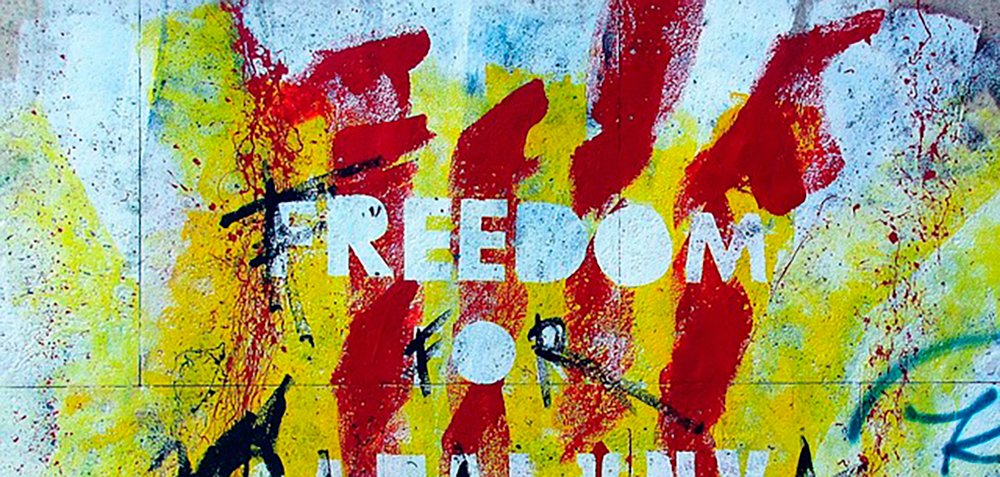
Paramedics transfer a person from an ambulance into a hospital in Montreal on Dec. 28, 2020.
Graham Hughes/The Canadian Press
Hospitalizations from COVID-19 are increasing sharply in several provinces, pushing health care facilities beyond capacity even in places that have had recent success in bringing down infections.
There were more patients in Canada in intensive care this week than at any other point in the pandemic, according to data compiled by The Globe and Mail, and experts are expecting hospitalizations to continue increasing well into the new year.
Ontario set a single-day record for both COVID-19 cases and number of people hospitalized on Thursday. Hospitalizations in Quebec have doubled in a little more than a month. In Alberta, which has the highest hospitalization rates in the country, more people were admitted but the province did not provide specifics because of the holidays. Hospitals in Saskatchewan are at or above capacity as the provinces record-setting infections from two weeks ago translate to more emergency room visits.
Story continues below advertisement
It seems like every day we reach a new kind of threshold that maybe a few months ago we thought was impossible, said Anthony Dale, president and chief executive officer of the Ontario Hospital Association. This pandemic is accelerating. Were not peaking, were not at the downward slope, so these numbers are going to get a heck of a lot worse, in all probability.
How many coronavirus cases are there in Canada, by province, and worldwide? The latest maps and charts
When will Canadians get COVID-19 vaccines? The federal and provincial rollout plans so far
COVID-19 variants reveal evolutions power to rearm pandemic
Provinces hardest hit by COVID-19 in the second wave have had to scramble to increase bed capacity and cancel surgeries and other procedures to keep up with the workload. Those same hospitals are also now taking on a significant roll in administering vaccines, particularly the one from Pfizer-BioNTech that cannot be easily stored and transported.
Across the country, there were more than 4,000 people in hospital with COVID-19 as of Wednesday, including 769 in intensive-care units, according to The Globes data. That is the highest number of COVID-19 ICU admissions recorded.
In Ontario, one in five patients in intensive care has COVID-19. In some hospitals, such as Credit Valley Hospital in Mississauga, more than half of the ICU beds hold COVID-19 patients.
This comes at a huge cost of cancelled elective surgery. … Elective includes cancer care, cardiac care, even organ transplants, Mr. Dale said.
Staffing has also been a challenge for some hospitals, where Mr. Dale said vacancy rates are likely at a historic high at as much as 10 per cent. Hospitals are seeing high levels of early retirement in the second wave, and younger health care workers havent always been able to replace retiring colleagues.
Some patients in overcrowded hospitals are being treated in unconventional spaces such as sun rooms, said Gerald Evans, an infectious-diseases physician at Kingston General Hospital. He added there is not always enough staff to properly care for the extra patients.
Story continues below advertisement
Instead of it being three or four patients for one nurse, now a nurse may be taking care of eight or nine patients, said Dr. Evans. It doesnt take a lot of science to figure out that could be really dangerous, especially if one or two of those patients is very ill and requires a lot of attention.
Saskatchewan had a spike in cases in mid-December, which is now pushing up hospitalization numbers. There were 142 people in hospital, including 30 in ICU a rate that is 50-per-cent higher than Ontario when adjusted for population.
Manitobas hospitalizations have come down considerably from a high in early December, though its per capita rate is still second only to Alberta. There were 247 people in hospital as of Wednesday, including 33 in intensive care.
In Alberta, hospitals in Edmonton and Calgary have been routinely operating beyond capacity for months. There were 921 COVID-19 patients in the provinces hospitals, including 152 in intensive care, as of Wednesday, the most recent data available.
Hospitals were at 93 per cent of their adult acute-care capacity in the Calgary zone and 102 per cent in the Edmonton zone as of Thursday, according to Alberta Health Services. Those zones include a number of nearby communities but the bulk of those patients are in those two cities.
ICUs in Calgary and Edmonton are currently at just above 80-per-cent capacity but only because the provinces health authority has scrambled to add dozens of beds in recent months.
Story continues below advertisement
Hospitals in the Edmonton region would have been at 154-per-cent capacity without those extra beds, and Calgary would be at 121 per cent.
The province has been setting up a temporary field hospital in an arena in Edmonton known as the Butterdome, but Health Minister Tyler Shandro has insisted it is there only as a contingency and the province doesnt expect to use it.
Lynora Saxinger, an infectious-diseases specialist at the University of Alberta in Edmonton, said the provinces rates of hospitalizations are troubling and getting worse. She noted there is a lag between when people are infected and when they end up in hospital, a looming problem in Alberta since it had record-setting infections of more than 1,800 cases a day in mid-December.
The numbers in hospital are just still marching up like we havent seen the plateau, she said. Thats a lot of people who are very sick. And thats a lot of families worried about the people who are very sick and a lot of staff who are looking after a lot of patients.
The provinces infection rates have decreased recently, which the provinces chief medical officer has said is owing in part to fewer tests being conducted over the holidays.
Dr. Saxinger said an added pressure on the health care system is having staff off sick themselves or isolating after being exposed to COVID-19.
Story continues below advertisement
[Hospitals] arent overfull in terms of the actual physical space, but theyre full for the number of staff that we have to take care of these complex patients, she said.
And its hard to get full staffing complements for medical and emergency rooms right now. So its really straining at the seams already.
Dr. Saxinger said shes worried any progress the province has made will be erased if people ignored public-health advice and gathered for Christmas and New Years Eve.
Dr. Kanna Vela has been treating COVID-19 patients in emergency departments in Ajax and Scarborough, Ontario for nearly 10 months. She lived apart from her family at the onset of the coronavirus pandemic. Receiving her first dose of the Pfizer-BioNTech vaccine in late December has given Dr. Vela some hope for the months ahead as hospitals struggle to care for the rise in COVID-19 cases.
Sign up for the Coronavirus Update newsletter to read the days essential coronavirus news, features and explainers written by Globe reporters.

 Subscribe to The Daily Telegraph to get unrestricted digital access, home paper delivery, Apps for iPad and Android, member only +Rewards and much more…
Subscribe to The Daily Telegraph to get unrestricted digital access, home paper delivery, Apps for iPad and Android, member only +Rewards and much more…  Do you compost or buy second hand?
Do you compost or buy second hand?  The Newsreader review: Exhilirating Australian prestige drama
The Newsreader review: Exhilirating Australian prestige drama  Local shares fell on Friday as investors make last-minute adjustments to their portfolios ahead of the main index’s rebalancing, while unease over rising infections grows.
Local shares fell on Friday as investors make last-minute adjustments to their portfolios ahead of the main index’s rebalancing, while unease over rising infections grows. 


